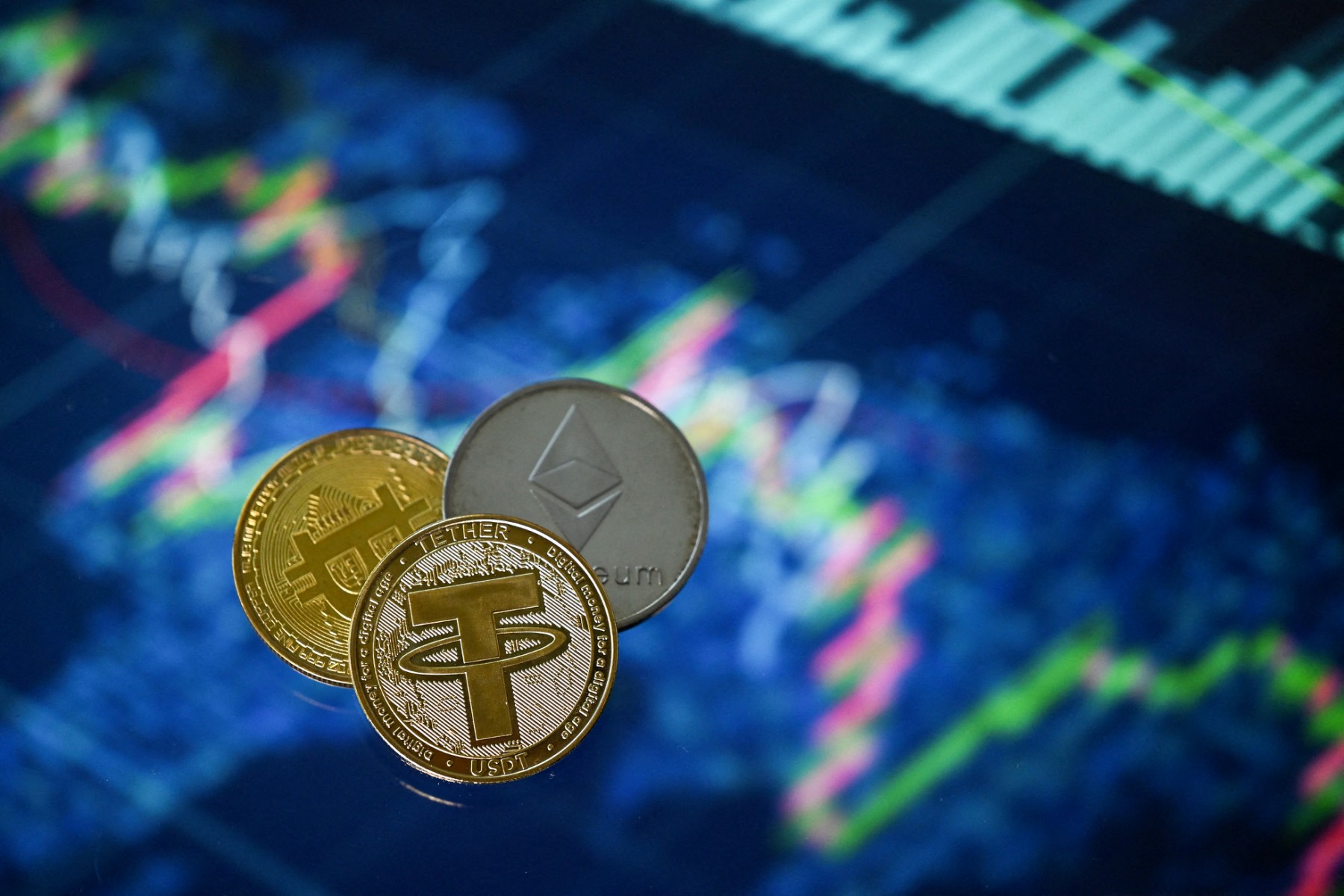Dubai, UAE – Like any other financial landscape, the cryptocurrency market experiences periods of boom and bust. Following a challenging winter, a new season of growth and innovation appears to be blossoming, as evidenced by Chainalysis’s “2024 Crypto Spring Report.” This insightful report delves into various trends shaping the current crypto landscape, highlighting the growing role of institutional adoption, stablecoins, decentralized finance (DeFi), and the potential for real-world asset integration.
The report acknowledges the recent “crypto winter,” a significant market decline following the 2017 initial coin offering (ICO) bubble. During such winters, investor confidence wanes, trading activity slumps, and a general sense of pessimism engulfs the market. However, the winds of change are blowing in a different direction this time.

One key driver of this positive shift is institutional investors’ increasing adoption of blockchain technology. The report emphasizes the growing acceptance of cryptocurrencies as a legitimate asset class. Introducing Bitcoin Exchange-Traded Funds (ETFs) has played a pivotal role. Bitcoin ETFs have attracted institutional capital into the market by offering a regulated and familiar investment vehicle, boosting liquidity and market stability. These developments signal a growing sense of confidence and legitimacy surrounding cryptocurrencies within the traditional financial world.
Another crucial factor shaping the crypto spring is the rise of stablecoins. Unlike their highly volatile counterparts, stablecoins are cryptocurrencies pegged to a stable asset, such as the US dollar. This stability makes them a valuable tool for financial inclusion and stability, especially in regions with volatile local currencies. Here’s how stablecoins contribute:
Preserving Savings: Stablecoins offer a reliable store of value for individuals living in regions with economic instability or currency devaluation.
Facilitating Commerce: They enable secure and efficient transactions without the price fluctuations seen in other cryptocurrencies, promoting everyday commerce in regions with unstable local currencies.
Financial Inclusion: Unbanked or underbanked populations can leverage stablecoins to access vital financial services like storing value, making payments, and participating in the global economy.
Global Accessibility: Being digital assets, stablecoins require only an internet connection for access. This allows individuals in regions with currency volatility to easily convert their local currency into stablecoins, gaining exposure to a more stable financial instrument.
The report also explores the burgeoning world of Decentralized Finance (DeFi). DeFi platforms provide financial services without the need for traditional intermediaries like banks. This fosters greater transparency and accessibility and potentially lower fees for users. The growth of DeFi signifies a growing appetite for innovative financial solutions within the crypto ecosystem.
Finally, the report touches upon the potential of integrating real-world assets (RWAs) with blockchain technology. Tokenizing real-world assets like property or artwork could unlock new opportunities for investment, fractional ownership, and increased liquidity. This convergence of traditional and digital finance holds immense potential for the future of financial markets.
The “Crypto Spring Report” paints a compelling picture of a crypto market poised for growth and innovation. Institutional adoption, the rise of stablecoins, the expansion of DeFi, and the potential of RWA integration all contribute to this positive outlook. While regulatory frameworks and market trends will continue to evolve, the crypto spring signifies a renewed sense of optimism and a fertile ground for groundbreaking advancements in the years to come. Once viewed with skepticism, the cryptocurrency market is now attracting serious attention and investment. Whether this spring blossoms into a sustained summer of growth remains to be seen, but one thing is sure: the crypto landscape is undergoing a significant transformation, and its potential.







